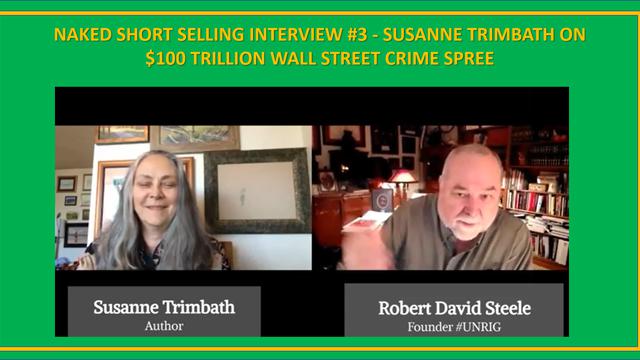What’s Behind The Massive Fluctuation In Natural Gas Prices?
Irina Slav, 30 June 2021
 The Texas Freeze was one of those unprecedented events that have the potential to upend the way things are done, in this case, in power utilities. The crisis, which saw natural gas prices rise from two-figure to four-figure numbers, prompted an in-depth look at Texas’s grid and electricity market, and measures to ensure it never happened again. Now, gas prices are on the rise again, and many of the February bills have not been paid yet. Disgruntlement is building up across the swathe of states affected by the freezing cold spell in February. In California, people are being warned their bills are going to rise higher.
The Texas Freeze was one of those unprecedented events that have the potential to upend the way things are done, in this case, in power utilities. The crisis, which saw natural gas prices rise from two-figure to four-figure numbers, prompted an in-depth look at Texas’s grid and electricity market, and measures to ensure it never happened again. Now, gas prices are on the rise again, and many of the February bills have not been paid yet. Disgruntlement is building up across the swathe of states affected by the freezing cold spell in February. In California, people are being warned their bills are going to rise higher.
“I cannot for the life of me understand how we saw it go from $2 to $1,200 and back down to $2 in the span of the week; that’s not real,” Garry Mize, the Republican chairman of the utilities committee in Oklahoma’s House of Representatives, said recently, as quoted by the Wall Street Journal. Continue reading “Article: What’s Behind The Massive Fluctuation In Natural Gas Prices?”

 According to data from ByBit, there has been $2.38 billion in total liquidations over the past 24 hours. Over half of that total, or $1.26 billion, has been from bitcoin positions as the asset has continued its free fall.
According to data from ByBit, there has been $2.38 billion in total liquidations over the past 24 hours. Over half of that total, or $1.26 billion, has been from bitcoin positions as the asset has continued its free fall.